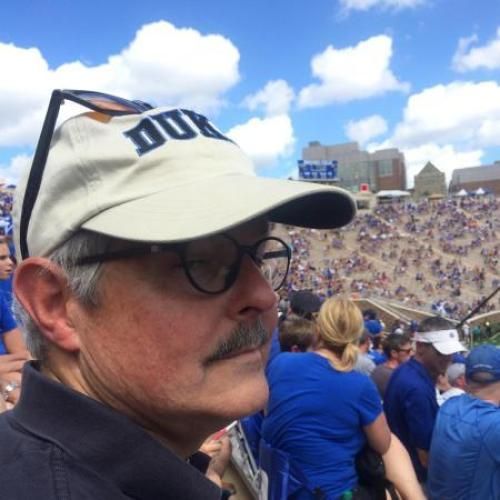An autoreactive antibody from an SLE/HIV-1 individual broadly neutralizes HIV-1.
Broadly HIV-1-neutralizing antibodies (BnAbs) display one or more unusual traits, including a long heavy chain complementarity-determining region 3 (HCDR3), polyreactivity, and high levels of somatic mutations. These shared characteristics suggest that BnAb development might be limited by immune tolerance controls. It has been postulated that HIV-1-infected individuals with autoimmune disease and defective immune tolerance mechanisms may produce BnAbs more readily than those without autoimmune diseases. In this study, we identified an HIV-1-infected individual with SLE who exhibited controlled viral load (<5,000 copies/ml) in the absence of controlling HLA phenotypes and developed plasma HIV-1 neutralization breadth. We collected memory B cells from this individual and isolated a BnAb, CH98, that targets the CD4 binding site (CD4bs) of HIV-1 envelope glycoprotein 120 (gp120). CH98 bound to human antigens including dsDNA, which is specifically associated with SLE. Anti-dsDNA reactivity was also present in the patient's plasma. CH98 had a mutation frequency of 25% and 15% nt somatic mutations in the heavy and light chain variable domains, respectively, a long HCDR3, and a deletion in the light chain CDR1. The occurrence of anti-dsDNA reactivity by a HIV-1 CD4bs BnAb in an individual with SLE raises the possibility that some BnAbs and SLE-associated autoantibodies arise from similar pools of B cells.
Duke Scholars
Altmetric Attention Stats
Dimensions Citation Stats
Published In
DOI
EISSN
Publication Date
Volume
Issue
Start / End Page
Location
Related Subject Headings
- Viral Load
- Sequence Homology, Nucleic Acid
- Sequence Homology, Amino Acid
- Protein Conformation
- Mutation
- Multiprotein Complexes
- Molecular Sequence Data
- Models, Molecular
- Lupus Erythematosus, Systemic
- Immunology
Citation
Published In
DOI
EISSN
Publication Date
Volume
Issue
Start / End Page
Location
Related Subject Headings
- Viral Load
- Sequence Homology, Nucleic Acid
- Sequence Homology, Amino Acid
- Protein Conformation
- Mutation
- Multiprotein Complexes
- Molecular Sequence Data
- Models, Molecular
- Lupus Erythematosus, Systemic
- Immunology









